NASA’s Mars Reconnaissance Orbiter (MRO) was launched August 12, 2005 on a mission to Mars. After a seven-month cruise to Mars and six months of aerobraking to reach its science orbit, Mars Reconnaissance Orbiter began seeking out the history of water on Mars with its science instruments. The instruments zoom in for extreme close-up photography of the martian surface, analyze minerals, look for subsurface water, trace how much dust and water are distributed in the atmosphere, and monitor daily global weather.These studies are identifying deposits of minerals that may have formed in water over long periods of time, looking for evidence of shorelines of ancient seas and lakes, and analyzing deposits placed in layers over time by flowing water. The mission is examining whether underground martian ice discovered by the Mars Odyssey orbiter is the top layer of a deep ice deposit or a shallow layer in equilibrium with the atmosphere and its seasonal cycle of water vapor.
One of the orbiter’s cameras is the largest ever flown on a planetary mission. Though previous cameras on other Mars orbiters could identify objects no smaller than a school bus, this camera can spot something as small as a dinner table. That capability has allowed the orbiter to identify obstacles such as large rocks that could jeopardize the safety of landers and rovers, including the Phoenix mission and Mars Science Laboratory mission. Its imaging spectrometer looks at small-scale areas about five times smaller than a football field, a scale perfect for identifying any hot springs or other small water features.
MRO is one of five missions currently orbiting Mars. NASA’s Mars Atmosphere and Volatile Evolution (MAVEN), Mars Odyssey, ESA’s Mars Express and India’s Mars Orbiter Mission Mangalyaan. MRO also provides communication relay for the two NASA rovers, Opportunity and Curiosity, currently active on the surface of Mars and evaluates potential landing site candidates for surface missions.

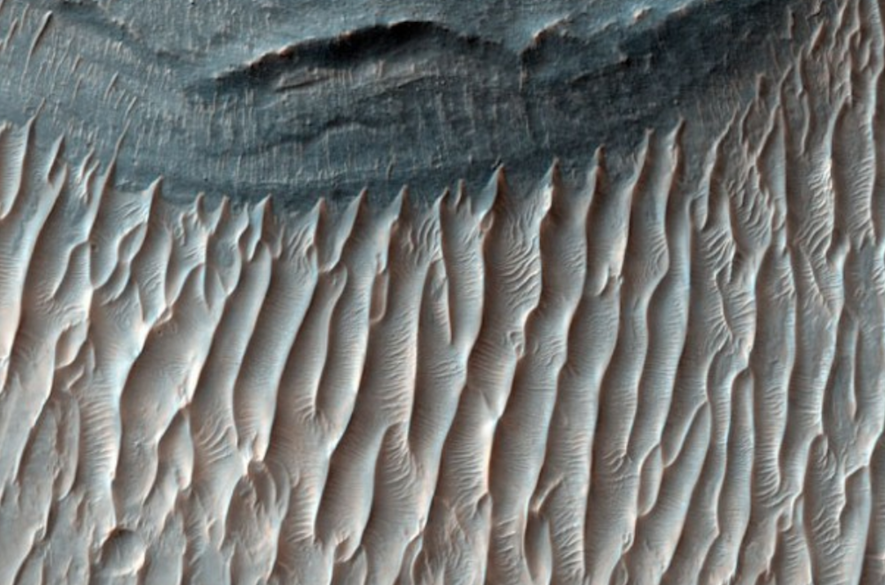
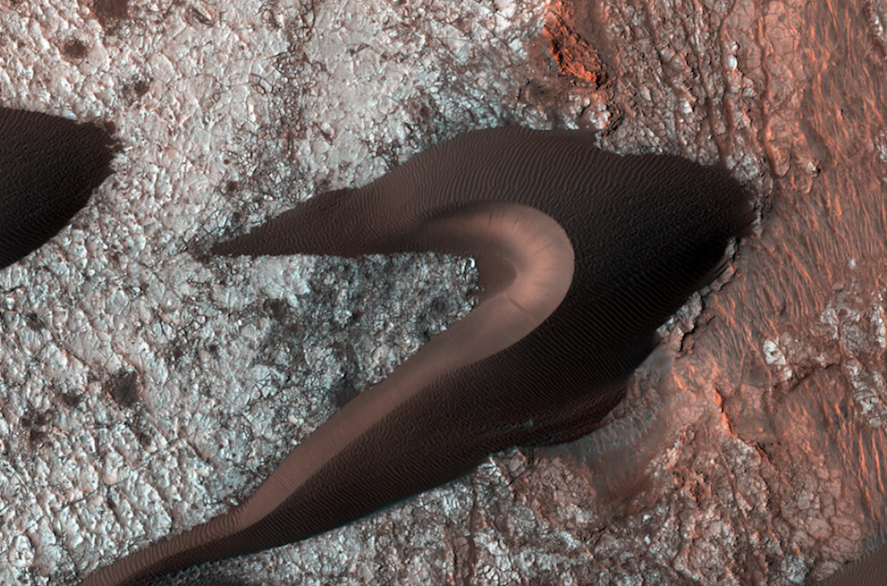
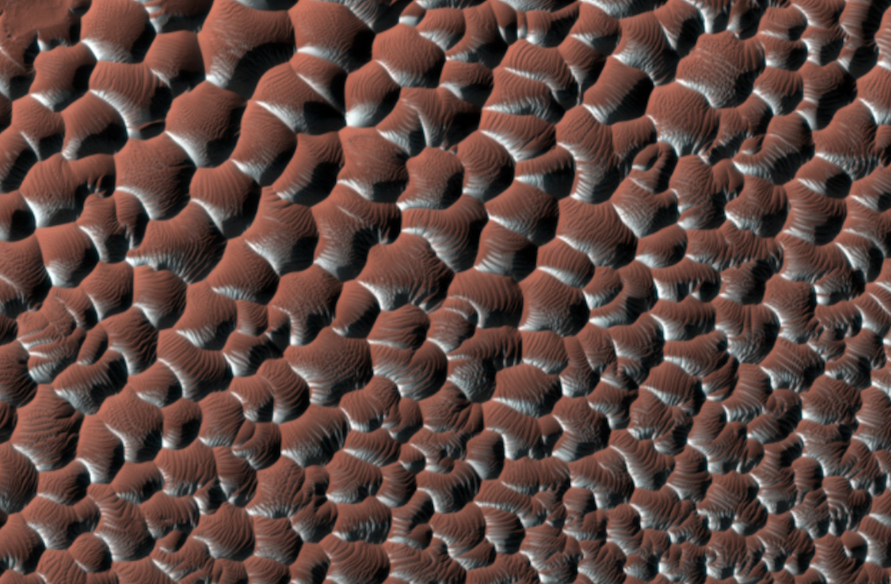
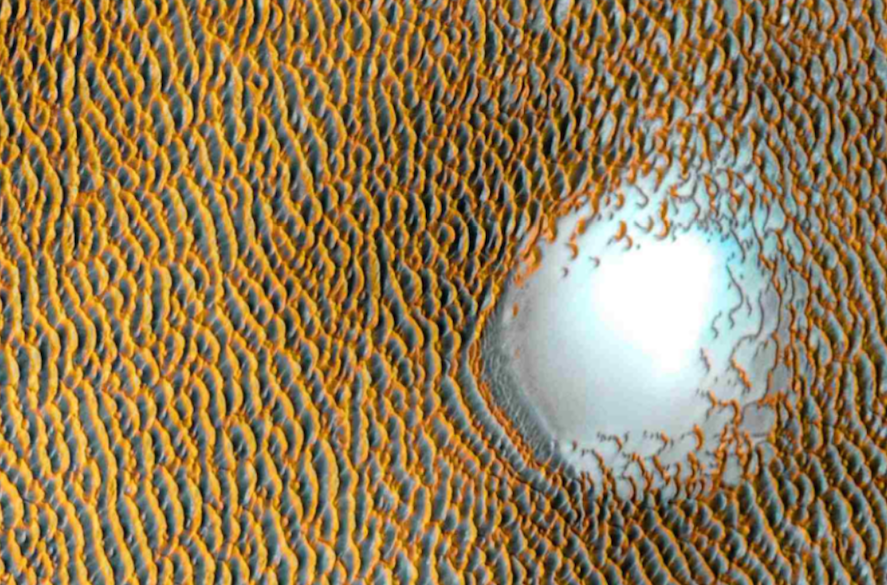

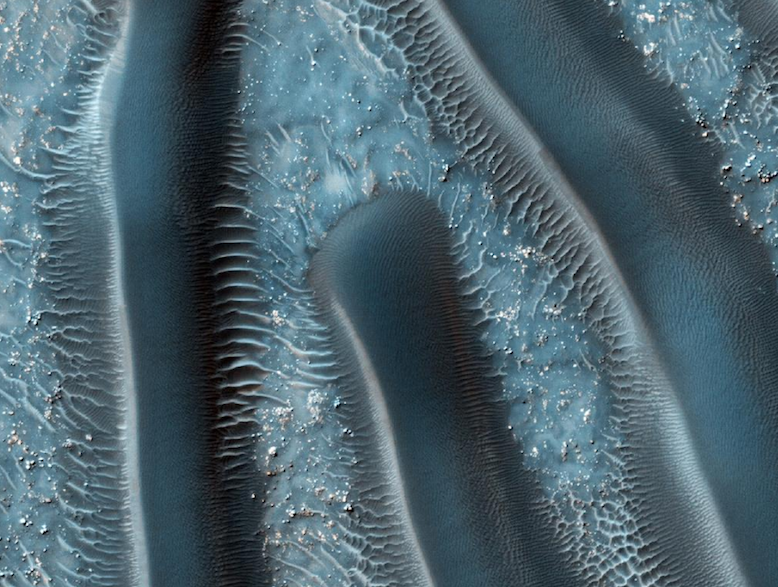
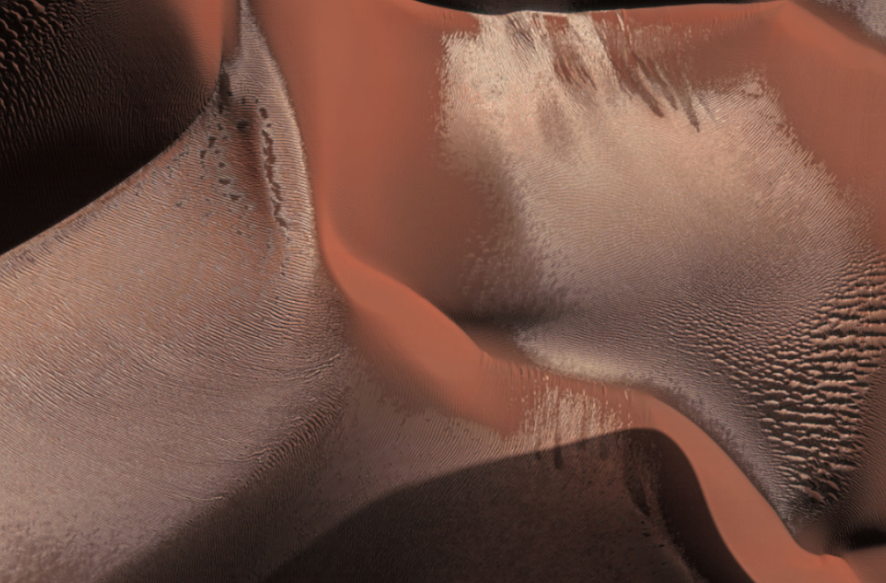
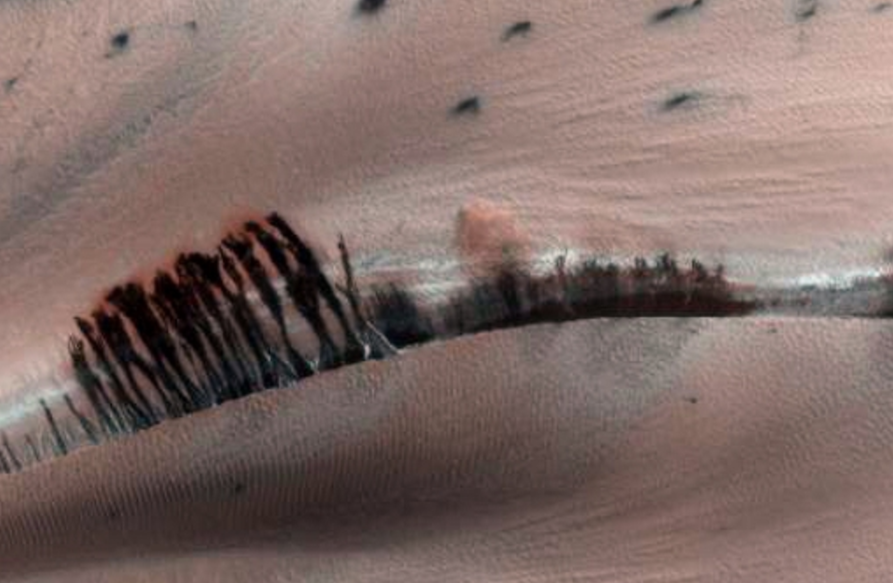
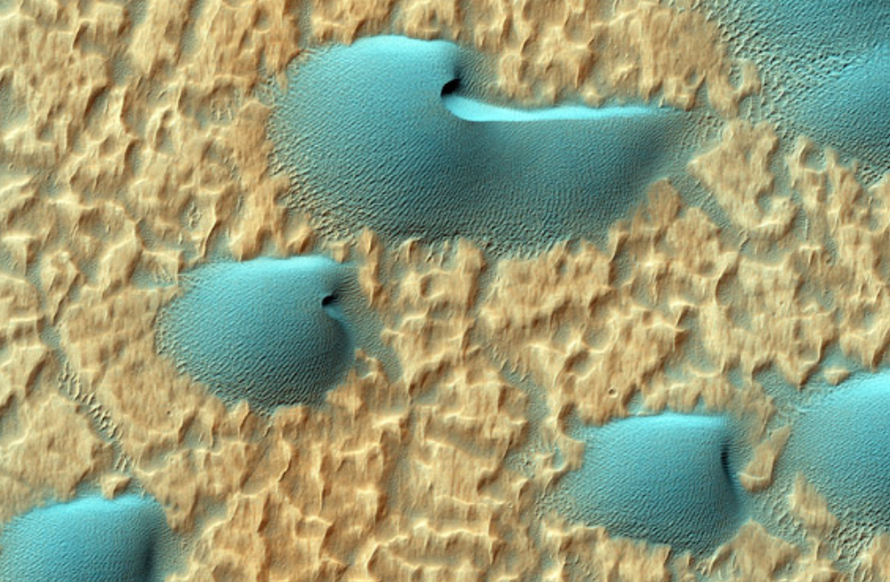


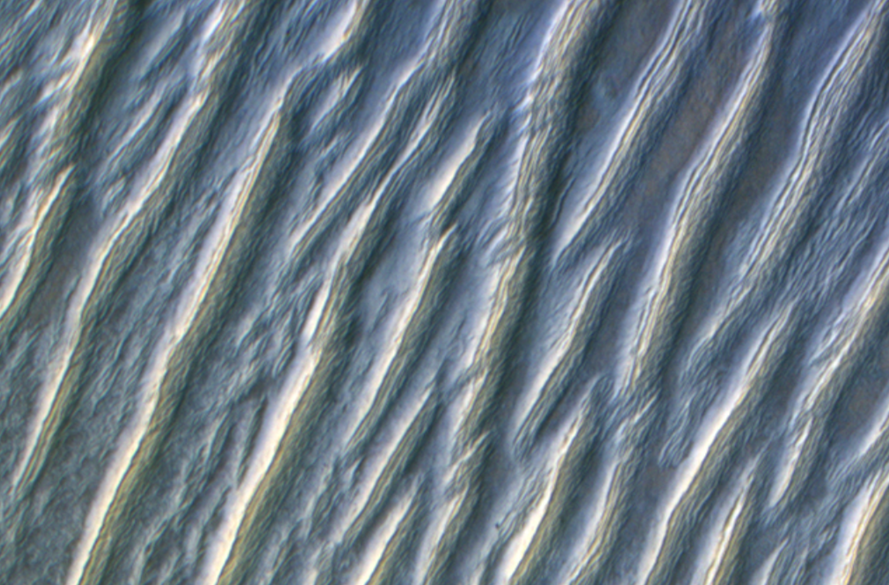

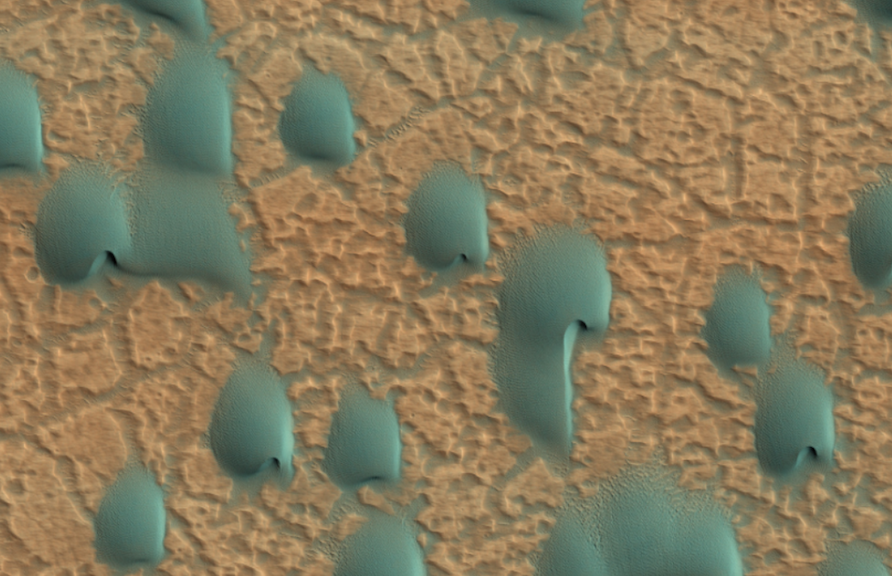
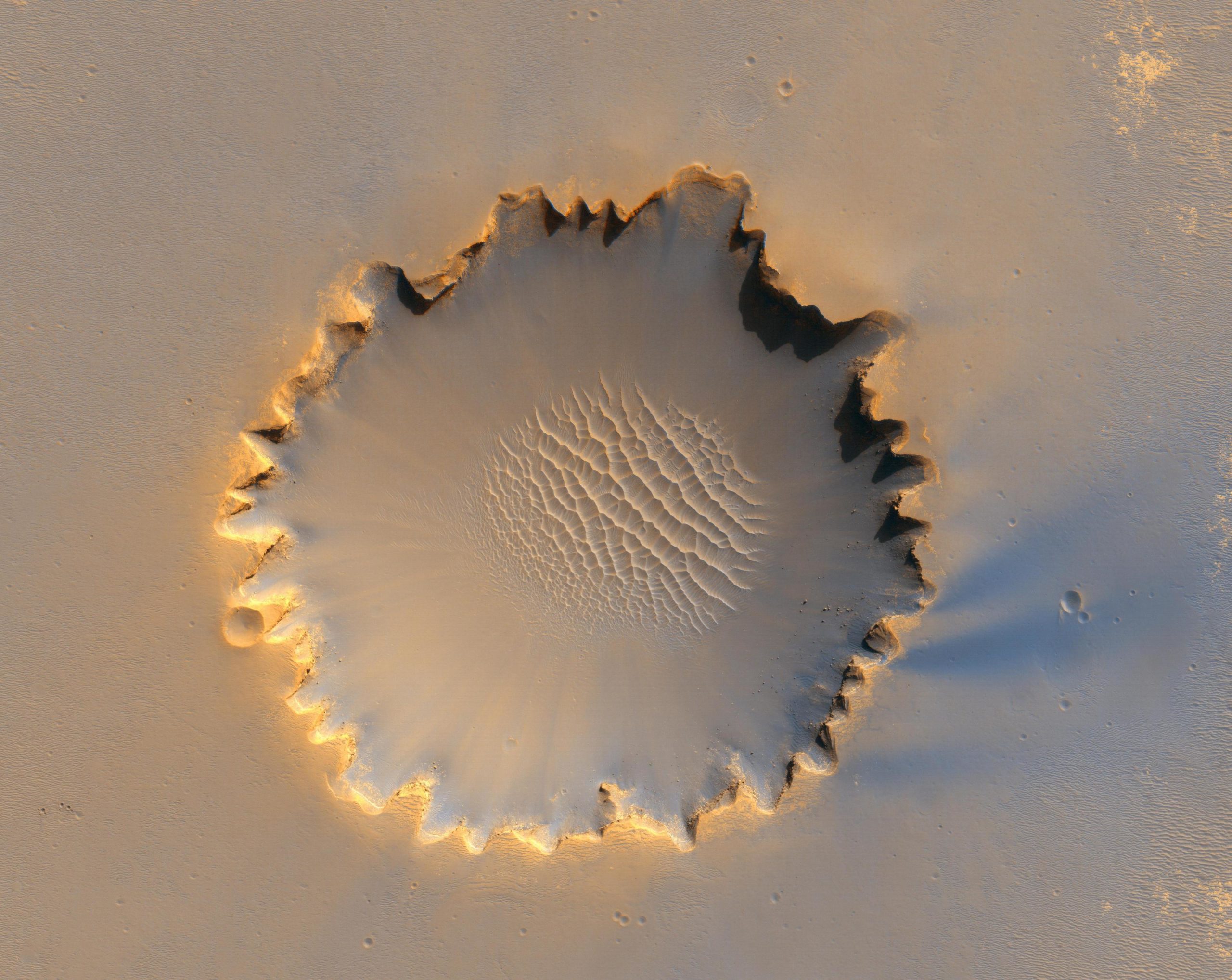

Would you like to share your thoughts?
Your email address will not be published. Required fields are marked *